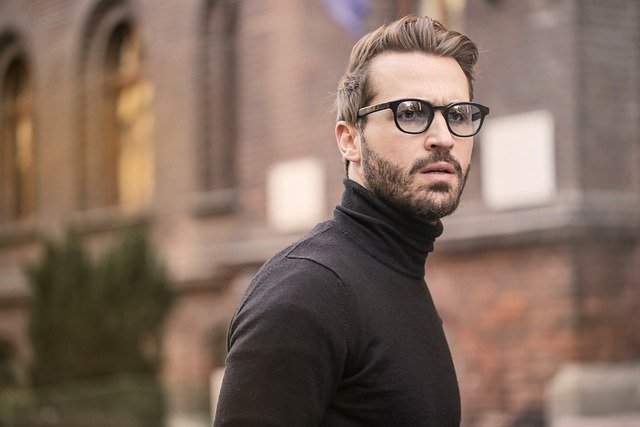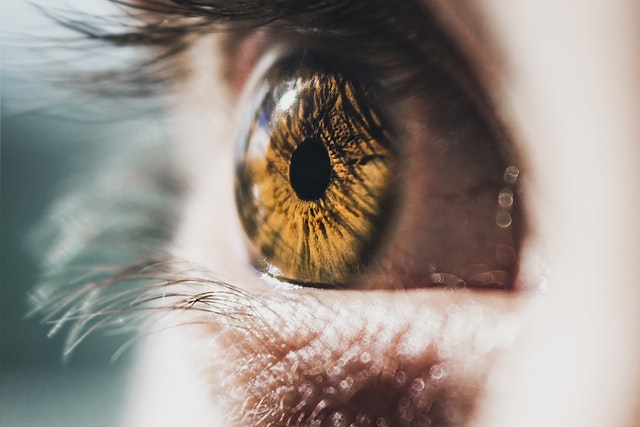Australian optometrist Gary Rodney responded strongly to the results of Australia’s first survey on myopia treatment which showed that more than half the respondents are still only using single vision distance (full correction) glasses to treat myopia in children. And that they are not investigating newer treatments, despite indications that some, like Orthokeratology, are producing positive results in over 60% of cases.
HEAR: Gary Rodney Interviewed By David Wood Ultra106five.com
Responding to the results of the world’s second survey on myopia management conducted by a team from Optometry Australia, the University of Melbourne Department of Optometry and Vision Sciences, and the Centre for Eye Research Australia, based on the first, and so-far only one of its kind, conducted back in 2016, Rodney said:
“Children with myopia, and their parents, should be made aware of all options available. Myopia is one of the most common eye problems currently facing both children and adults, and can lead to major problems and possible blindness in the elderly. Doors should be kept open to all methods of intervention to prevent this from happening,” Rodney said.
Every Second Person Could Have Myopia by 2050
The founder of Smart Vision said the “glasses only” response from such a large share of the Australian optometry sector, painted a worrying picture of myopia management in Australia. And this was particularly so in a world where the WHO foresees myopia affecting close on 5billion (or 52%) of the world’s population by 2050. This is double the number of people, or one in three of the global population, that statistics suggest are likely to be suffering from nearsightedness by the end of this year.
Rodney said it was also questionable why, in this scenario, more than half of Australian optometrists would choose to ignore ways of managing nearsightedness other than single vision glasses, while at the same time acknowledging the effectiveness of alternative treatments in their responses.
No Known cure, But Many Treatment Options
“As there is no known cure for myopia, all treatments, whether they involve single-vision or multifocal spectacles, contact lenses, special eye drops, or even the possibility of laser surgery, are aimed at trying to slow down myopia and its progression as children get older. And the best window of opportunity to do so is when they are young.
“For this reason all optometrists should be prepared and willing to explore the advantages and disadvantages of every methodology available, to determine which most benefits the child being treated,” he said.
Smart Vision Optometry clinics in Sydney focus on providing eye care for a number of vision problems with particular focus on children and myopia, and on determining the best treatment for each case. Visit the Smart Vision website: Optometrists Sydney: Optometry Services For Children and Adults | Smart Vision to find more information provided by the Smart Vision behavioural optometrists whose major focus is on the effects of perceptual and functional vision problems in children.
Download a DIY Myopia Prevention Strategy Checklist.
Myopia Prevention, Control & Management
Book Now to Take Control of Myopia







